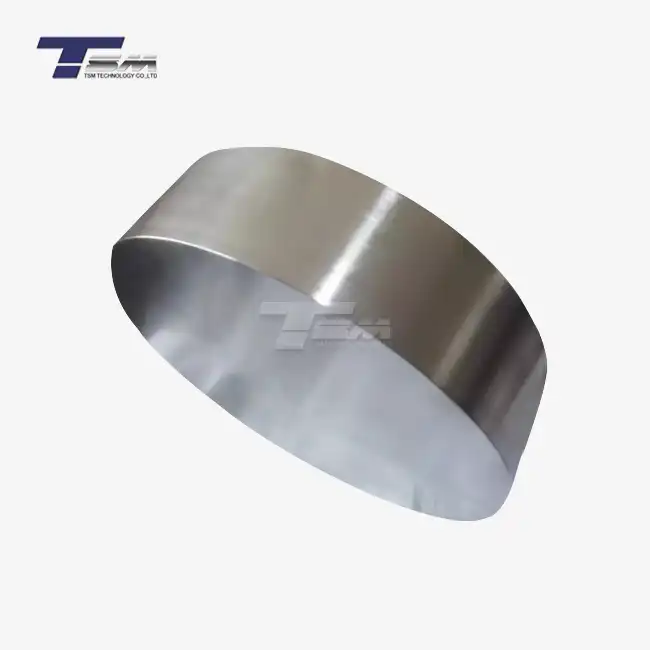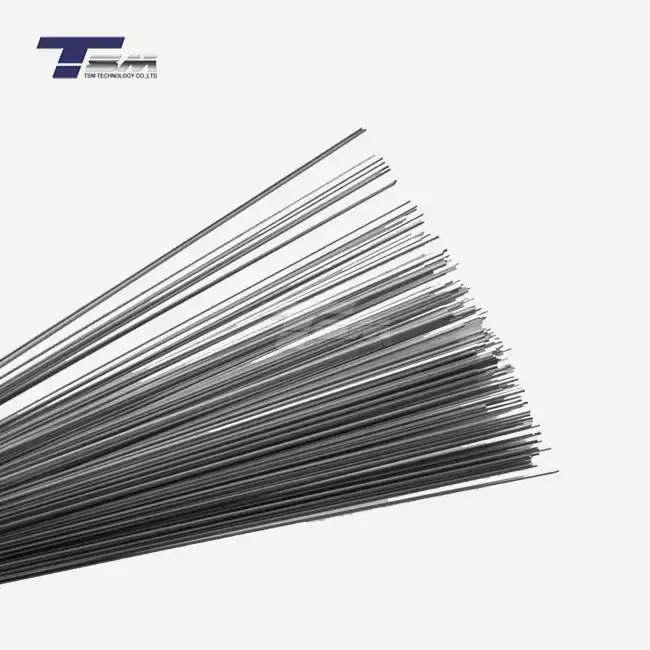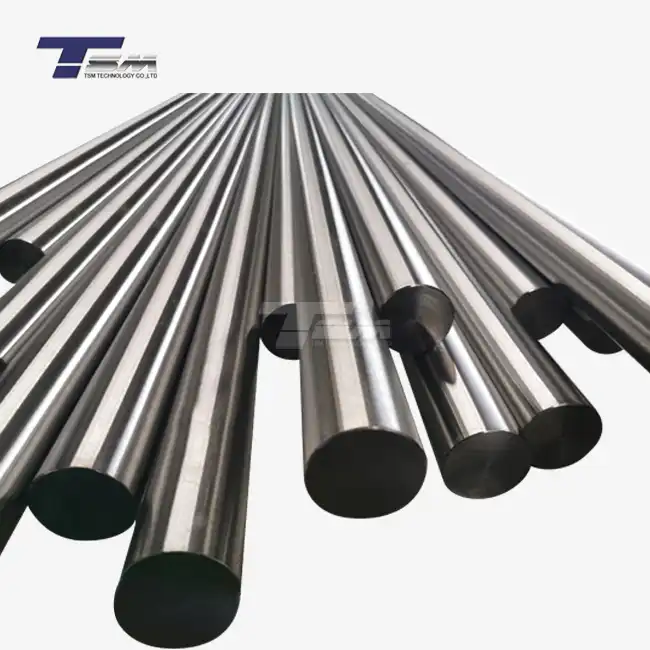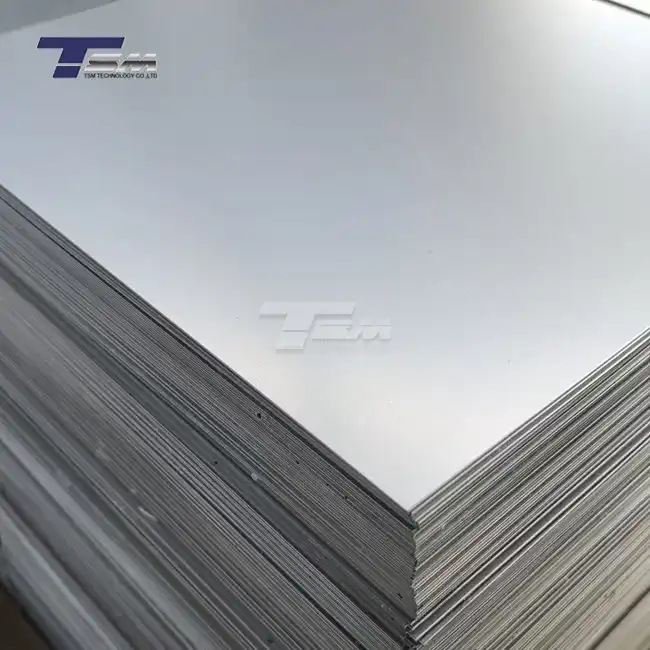- English
- French
- German
- Portuguese
- Spanish
- Russian
- Japanese
- Korean
- Arabic
- Greek
- German
- Turkish
- Italian
- Danish
- Romanian
- Indonesian
- Czech
- Afrikaans
- Swedish
- Polish
- Basque
- Catalan
- Esperanto
- Hindi
- Lao
- Albanian
- Amharic
- Armenian
- Azerbaijani
- Belarusian
- Bengali
- Bosnian
- Bulgarian
- Cebuano
- Chichewa
- Corsican
- Croatian
- Dutch
- Estonian
- Filipino
- Finnish
- Frisian
- Galician
- Georgian
- Gujarati
- Haitian
- Hausa
- Hawaiian
- Hebrew
- Hmong
- Hungarian
- Icelandic
- Igbo
- Javanese
- Kannada
- Kazakh
- Khmer
- Kurdish
- Kyrgyz
- Latin
- Latvian
- Lithuanian
- Luxembou..
- Macedonian
- Malagasy
- Malay
- Malayalam
- Maltese
- Maori
- Marathi
- Mongolian
- Burmese
- Nepali
- Norwegian
- Pashto
- Persian
- Punjabi
- Serbian
- Sesotho
- Sinhala
- Slovak
- Slovenian
- Somali
- Samoan
- Scots Gaelic
- Shona
- Sindhi
- Sundanese
- Swahili
- Tajik
- Tamil
- Telugu
- Thai
- Ukrainian
- Urdu
- Uzbek
- Vietnamese
- Welsh
- Xhosa
- Yiddish
- Yoruba
- Zulu
What is Metal Grinding? What are its Benefits?
Metal grinding is a crucial process in metalworking that involves the controlled removal of material from a metal surface using abrasive tools. This precision technique not only shapes and refines metal components but also enhances their surface finish and dimensional accuracy. The benefits of metal grinding are numerous, ranging from improved product quality to increased manufacturing efficiency. By employing specialized grinding machines and abrasive wheels, manufacturers can achieve exceptionally smooth surfaces, tight tolerances, and complex geometries that would be difficult or impossible to attain through other machining methods. Moreover, metal grinding plays a vital role in various industries, including aerospace, automotive, and precision engineering, where superior alloys and high-performance materials demand exacting standards of quality and consistency.
The Fundamentals of Metal Grinding
Types of Metal Grinding Processes
Metal grinding encompasses a variety of techniques, each tailored to specific applications and desired outcomes. Surface grinding, for instance, is utilized to create flat, smooth surfaces on workpieces. Cylindrical grinding, on the other hand, is employed for shaping cylindrical parts with high precision. Centerless grinding is particularly effective for processing long, slender components without the need for centers or chucks. Internal grinding focuses on refining the interior surfaces of hollow workpieces, while profile grinding is used to create complex contours and shapes.

Abrasive Materials and Their Properties
The choice of abrasive material is critical in metal grinding operations. Common abrasives include aluminum oxide, silicon carbide, cubic boron nitride (CBN), and diamond. Each abrasive type possesses unique properties that make it suitable for specific applications. For example, aluminum oxide is versatile and cost-effective for grinding ferrous metals, while CBN excels in grinding hardened steels and superalloys. The selection of the appropriate abrasive depends on factors such as the workpiece material, desired surface finish, and grinding parameters.
Grinding Wheel Specifications
Grinding wheels are characterized by several key specifications that influence their performance. These include the abrasive type, grit size, bond material, and wheel structure. The grit size determines the fineness of the abrasive particles, affecting the material removal rate and surface finish. Bond materials, such as vitrified, resinoid, or metal, hold the abrasive grains together and impact the wheel's durability and cutting action. Understanding these specifications is essential for optimizing metal grinding operations and achieving desired results across various metal types, including superior alloys like Monel, Inconel, Incoloy, and Hastelloy.
Advanced Techniques in Metal Grinding
High-Speed Grinding
High-speed grinding has revolutionized metal processing by significantly increasing productivity and efficiency. This technique involves operating grinding wheels at elevated speeds, often exceeding 100 m/s. The benefits of high-speed grinding include reduced cycle times, improved surface finish, and enhanced material removal rates. However, it requires specialized equipment and careful consideration of factors such as wheel balance, coolant application, and workpiece fixturing to ensure safety and optimal performance.
Creep-Feed Grinding
Creep-feed grinding is an advanced technique that allows for deep cuts at slow feed rates. This method is particularly effective for machining hard materials and complex profiles. By utilizing a large depth of cut and slow workpiece speed, creep-feed grinding can achieve high material removal rates while maintaining excellent surface finish and dimensional accuracy. This technique is especially valuable in the aerospace industry, where it is used to manufacture turbine blades and other critical components from superior alloys.
Ultrasonic-Assisted Grinding
Ultrasonic-assisted grinding represents a cutting-edge approach to metal processing, particularly for hard and brittle materials. This technique combines conventional grinding with high-frequency vibrations, typically in the range of 20-40 kHz. The ultrasonic vibrations reduce the contact time between the abrasive grains and the workpiece, leading to reduced grinding forces, improved surface quality, and extended tool life. Ultrasonic-assisted grinding has shown promising results in processing advanced materials such as ceramics, composites, and high-temperature alloys used in aerospace and medical applications.
Benefits and Applications of Metal Grinding
Precision and Surface Quality
One of the primary advantages of metal grinding is its ability to achieve exceptional precision and surface quality. Grinding can produce surface finishes with roughness values as low as 0.1 micrometers or less, making it ideal for applications where tight tolerances and smooth surfaces are critical. This level of precision is essential in the manufacture of components for precision instruments, optical devices, and high-performance machinery. Moreover, the superior surface finish obtained through grinding can enhance the fatigue strength, wear resistance, and overall performance of metal parts.
Versatility in Material Processing
Metal grinding demonstrates remarkable versatility in processing a wide range of materials, from soft metals to hard alloys and even ceramics. This flexibility makes it an indispensable technique in various industries. For instance, in the automotive sector, grinding is used to finish engine components, transmission gears, and brake rotors. In the aerospace industry, grinding plays a crucial role in manufacturing turbine blades, landing gear components, and structural elements from superior alloys like Inconel and Hastelloy. The ability to effectively process these advanced materials contributes significantly to the development of lighter, stronger, and more efficient aircraft and spacecraft.
Cost-Effectiveness and Efficiency
Despite its precision and capabilities, metal grinding can be a cost-effective solution for many manufacturing processes. Modern grinding machines offer high levels of automation and process control, reducing labor costs and minimizing errors. Additionally, the long tool life of grinding wheels, especially when using advanced abrasives like CBN or diamond, can lead to significant cost savings in the long run. The efficiency of grinding processes, particularly with techniques like high-speed and creep-feed grinding, allows for high production rates without compromising quality. This balance of precision and productivity makes grinding an economically viable choice for both small-scale and large-volume production scenarios.
Conclusion
Metal grinding stands as a cornerstone of modern manufacturing, offering unparalleled precision, versatility, and efficiency in metal processing. From achieving mirror-like surface finishes to shaping complex geometries in superior alloys, grinding techniques continue to evolve, meeting the ever-increasing demands of industries such as aerospace, automotive, and precision engineering. The benefits of metal grinding extend beyond mere surface refinement, encompassing improved product performance, enhanced manufacturing efficiency, and the ability to work with advanced materials that push the boundaries of technological innovation. As industries continue to demand higher quality, tighter tolerances, and more sophisticated components, the role of metal grinding in shaping the future of manufacturing remains indispensable.
Contact Us
For more information on how our superior alloy products and metal processing capabilities can benefit your projects, please don't hesitate to contact us. Our team of experts is ready to assist you in finding the optimal solutions for your metal processing needs. Contact TSM TECHNOLOGY today at info@tsmnialloy.com to learn more about our premium alloy offerings and metal grinding services.
References
Malkin, S., & Guo, C. (2008). Grinding Technology: Theory and Application of Machining with Abrasives. Industrial Press.
Klocke, F. (2009). Manufacturing Processes 2: Grinding, Honing, Lapping. Springer Science & Business Media.
Marinescu, I. D., Rowe, W. B., Dimitrov, B., & Inasaki, I. (2004). Tribology of Abrasive Machining Processes. William Andrew.
Jackson, M. J., & Davim, J. P. (Eds.). (2011). Machining with Abrasives. Springer Science & Business Media.
Denkena, B., & Tönshoff, H. K. (2013). Spanen: Grundlagen. Springer-Verlag.
Brinksmeier, E., Garbrecht, M., & Meyer, D. (2018). Cold surface hardening. CIRP Annals, 67(2), 769-792.
Learn about our latest products and discounts through SMS or email



